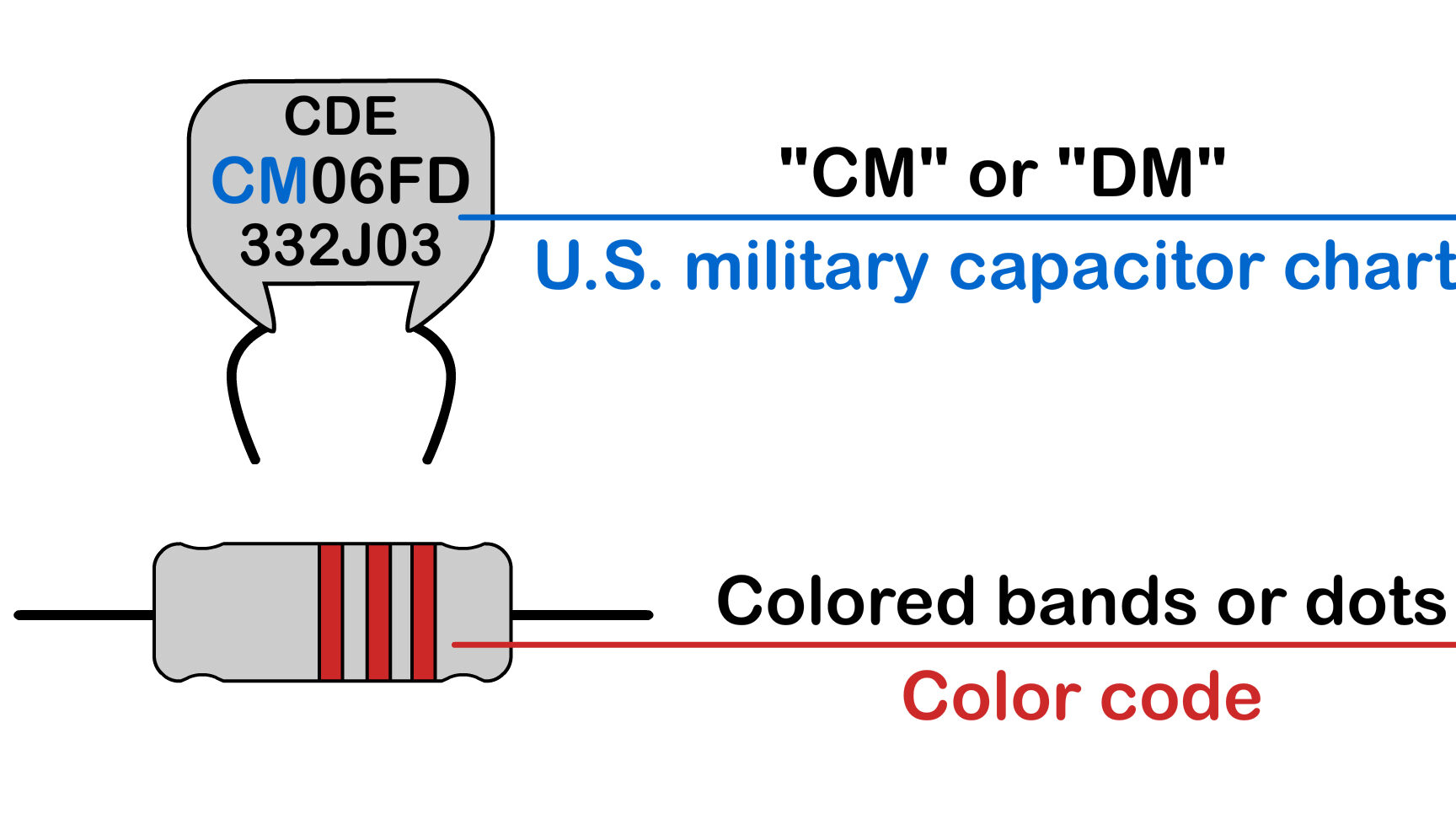Complete guide to capacitance symbology
Discover the fascinating world of capacitance symbology with our complete guide. From basic concepts to advanced applications, immerse yourself in this universe of polarities and discover everything you need to know to master this fundamental aspect of electronics. Get ready to expand your knowledge and unravel the secrets of capacitance!
The capacitance symbol: What does it represent and how is it represented in a circuit?
Capacitance in a circuit represents the ability of a component, called a capacitor, to store electrical charge. The larger the capacitance, the greater the amount of electrical charge the capacitor can store.
In a circuit, capacitance is represented by the capacitor symbol, which consists of two parallel lines, one longer than the other, with a distance between them symbolizing the plates of the capacitor. This symbol is placed on the circuit diagram to indicate the presence of a capacitor and its connection at a certain point.
The phenomenon of capacitance: a deep look at its representation
In the field of electronics and physics, the phenomenon of capacitance plays a fundamental role in the study of electrical circuits. Capacitance is defined as the ability of a system to store electrical charge, and is represented by the letter C. This property is related to the ability of an object to store energy in the form of an electric field.
What is capacitance?
Capacitance is defined as the relationship between the magnitude of the charge stored in an object and the difference in electrical potential between its plates. It is measured in units of farads (F), in honor of Michael Faraday.
Factors influencing capacitance
The capacitance of a system is determined by several factors, including:
- The geometry of the elements that store charge.
- The dielectric constant of the material between the plates.
- The distance between the plates.
Capacitance representation
Capacitance can be represented in different ways, one of the most common being through a schematic diagram that includes the capacitor plates and their capacitance value in farads. Additionally, in electrical circuits, capacitance is indicated by the symbol C.
Understanding Circuit Capacitance: Calculation Methods
The capacitance in a circuit is a measure of its ability to store electrical charge. It is represented by the letter C and is measured in farads (F). The capacitance of a circuit can be calculated in different ways, depending on the circuit configuration and the information available.
Below are some common methods for calculating capacitance in a circuit:
- Series Capacitors: When capacitors are connected in series, the equivalent capacitance is calculated by the formula:
- Parallel capacitors: If the capacitors are connected in parallel, the equivalent capacitance is calculated by adding the individual capacitances:
- Capacitance of a parallel plate capacitor: The capacitance of a parallel plate capacitor is calculated using the formula:
| Formula | 1/Ceq = 1/C1 + 1/C2 + 1/C3 + … |
|---|
| Formula | Ceq = C1 + C2 + C3 + … |
|---|
| Formula | C = ε * A/d |
|---|
Where:
– C is the capacitance in farads.
– ε is the permittivity of the material between the plates.
– A is the area of the capacitor plates.
– d is the distance between the plates.
These are just some of the methods used to calculate capacitance in a circuit. It is important to understand these concepts to design and analyze electrical circuits effectively.
And so, friends, now that you know all the secrets of capacitance symbology, you can now consider yourself true experts on the subject! Remember, if you ever feel lost in the world of capacitors, just look at this guide and voilà! You are true capacitance wizards! Until the next technological adventure, may the capacitive force be with you! 🧙🏻♂️⚡️🔋🔮!




Post Comment